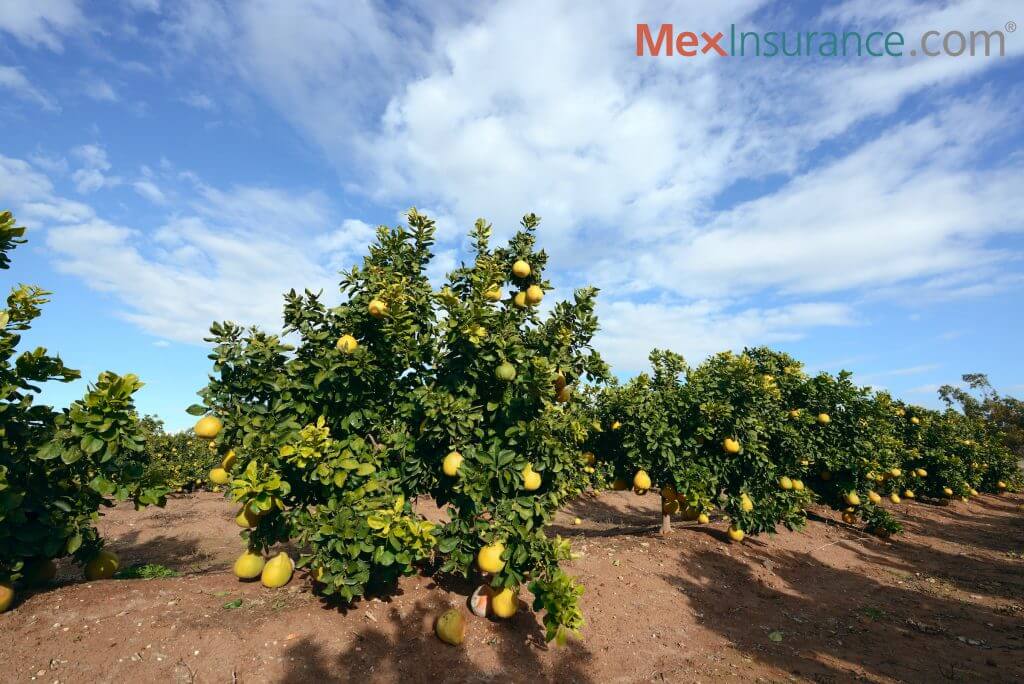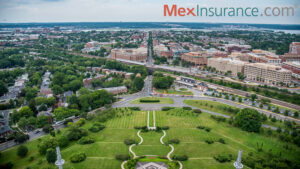Fri, 18 Oct 2019 16:39:17 +0000
From open ranches that extended as far as the eye could see to a bustling multicultural city with all the trappings of the modern world. Chula Vista’s history is full of exciting tales of war, love, adventure, and entrepreneurship. Keep reading below to understand how this once isolated no man’s land became one of the most important cities in the Golden State.

Chula Vista: Early history
Chula Vista’s history starts in 1542. It was then that a fleet of three Spanish ships commanded by Juan Rodríguez Cabrillo docked into San Diego Harbor. Cabrillo claimed the land for Spain and explored the area.
Spanish colonization proceeded slowly. However, by 1795, the Spanish settled the area where Chula Vista now stands and funded the ranch known as “Rancho del Rey” (The King’s Ranch). By 1829, Chula Vista as we know it today consisted of Rancho Janal, Otay Ranch, Rancho de la Nación and Rancho La Punta, and enjoyed a bustling cattle-breeding economy.
Chula Vista History: US Annexation
The United States annexation of California did little to alter the region’s economy. However, it led to an increase in white inmigration. The newcomers brought new technology and ideas to the area. These new Californians built a telegraph line to connect San Diego and Fort Yuma in 1873. This was where Chula Vista’s Telegraph Canyon came to be.
Chula Vista didn’t experience the gold rush that swept other parts of California. They mined Rancho Janal from 1872-89. The population also grew as the San Diego Land and Town Company developed the lands of Rancho de la Nación to settle the growing number of immigrants arriving through the California Trail.
The town of Chula Vista, born in 1887 with the allotment of 5,000 acres of land in Rancho de la Nacion. The name? Dr. James D. Schulyer (designer of Sweetwater Dam) suggested the name. Chula Vista in Spanish means, “Beautiful View”. They built the first house that year, and by 1889 ten houses completed.
Chula Vista History: The Lemon boom
As Chula Vista’s shifted from a cattle-based economy to a more labor-intensive agricultural-based economy, the population grew to keep pace with the demand for farmhands. This is also the time when farmers began raising lemons after a retired professor from the University of Wisconsin introduced the fruit in the area.
In 1888, the town completed an irrigation system that allowed the lemon farms to expand and increase their productivity. In only a couple of years, Chula Vista had changed from being a lonely outpost to become the largest lemon producer in the world.
The city’s agrarian character changed by the apparition of railroads in the area (the Coronado Belt Line Railroad and the National City and Otay Railroad). This was the age of industrialization, which saw the La Punta Salt Works and many packing houses built in the area. By 1925, Chula Vista already had its own airport and an aviation school.
Jump to Modern Day
Chula Vista’s multicultural character dates to the first third of the 20th century. Back then the 4,000 White, Mexican, Filipino, and Japanese residents worked and lived side by side. Tensions often arose — like the competition that existed between Japanese and White farmers. This tension intensified during WWII — however, the close mingling of ethnicities and cultures more often lead to cooperation than confrontation.
The Japanese-Americans played a key roll in developing in Chula Vista’s agricultural economy. They introduce new crops, like celery, into the area. However, when WWII started, their forced internment led to the abandoning of farms. The Japanese-Americans sent to Santa Anita Racetrack — which became the Post- War Relocation Center.
After the war ended, the population exploded. Thousands of Japanese-Americans, factory workers, and servicemen came home. New waves of Filipino and Mexican immigrants moved in. From that point onward, the city has continued to expand and retract. The growth boom required the destruction of the once-famous citrus groves to make way for residential developments.
Today, Chula Vista is one of California’s most economically and culturally diverse cities. So, if history is a good indicator of what’s to come, then Chula Vista’s future looks very bright! Check this article for activities in Chula Vista: things to do in Chula Vista.
Residents and visitors alike can click this link to purchase Mexican Car Insurance in Chula Vista.





